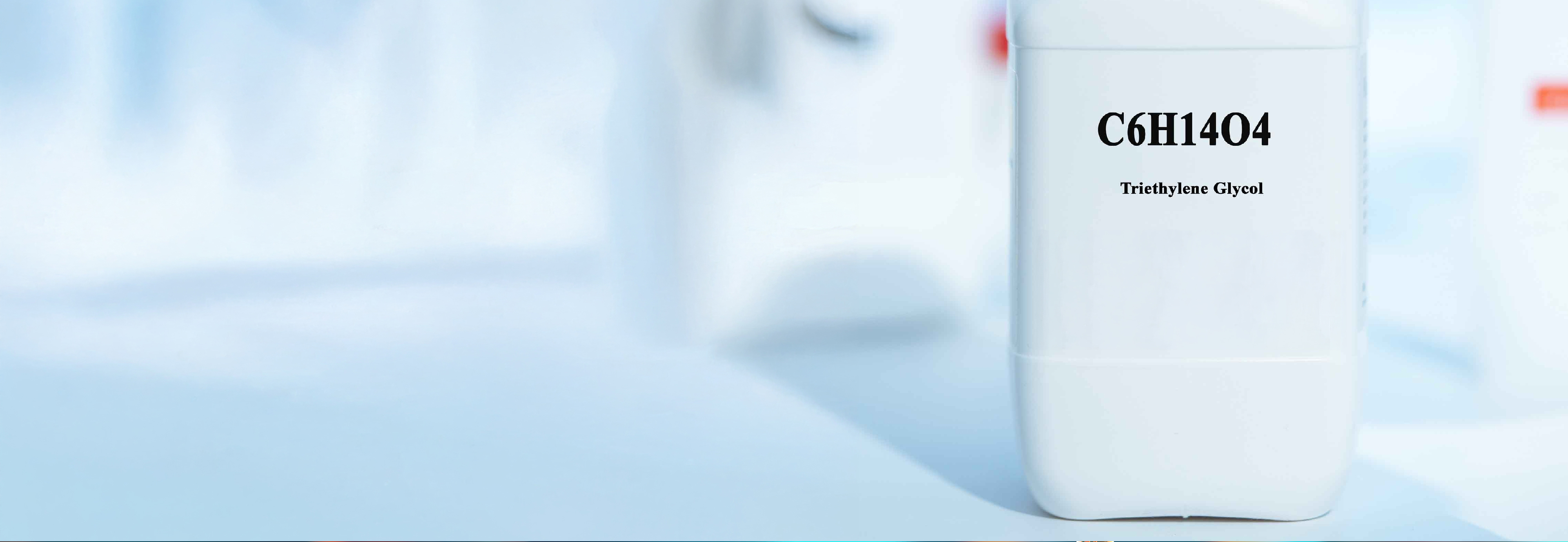Triethylene Glycol (TEG) is a colorless, odorless liquid widely valued for its hygroscopic properties and versatility as a solvent and humectant. Used in industries ranging from natural gas processing to personal care products, TEG requires special handling and transport considerations to ensure it reaches its destination safely and efficiently. This article provides an in-depth look at the essential logistics aspects of transporting TEG, including required precautions, regulatory standards, and best practices.
- Overview and Characteristics of Triethylene Glycol
TEG’s primary characteristics include a high boiling point around 285°C and excellent moisture-absorbing properties. This makes it ideal for dehydration processes, particularly in natural gas treatment where it removes water vapor from the gas. Its applications in other industries, such as cosmetics, coatings, and textile manufacturing, underscore the need for precise handling to maintain its quality and functionality during transport.
- Industry Applications and Transport Demand
Triethylene Glycol is an essential chemical across several industries:
- Natural Gas Processing: Used extensively as a desiccant to remove water vapor from natural gas streams.
- Cosmetics and Personal Care: Acts as a humectant in products like creams and lotions.
- Coatings and Paints: Provides viscosity control and helps maintain moisture balance.
- Textile Industry: Employed in textile treatments to improve moisture retention.
Due to its broad range of uses, demand for TEG is particularly strong in regions with high manufacturing activity, including North America, the Middle East, and East Asia.
- Key Transport Routes for Triethylene Glycol
The transport of TEG spans global trade routes to meet the needs of diverse industries:
- North America to Asia: Meeting the demands of East Asia’s growing textile and gas processing sectors.
- Europe to the Middle East: Serving a range of industrial needs, from gas treatment to coatings.
- Middle East to Asia: Increasing supply for manufacturing hubs in Southeast Asia.
Efficient transport across these routes requires logistics providers to maintain consistent safety and quality standards while accommodating TEG’s unique handling requirements.
- ISO Tank Type and Storage Requirements for TEG
TEG is best transported in T11 ISO tanks, which are designed to safely carry a variety of liquid chemicals, especially those sensitive to temperature fluctuations or moisture. Key storage and transport guidelines for TEG include:
- Temperature Control: TEG should ideally be maintained at ambient temperatures, ranging from 15-25°C, to prevent thermal degradation.
- Moisture Protection: As TEG is highly hygroscopic, it must be kept in sealed containers to prevent moisture absorption, which could dilute its effectiveness as a desiccant.
- Non-Corrosive Tank Linings: TEG is relatively non-corrosive, so T11 tanks with standard linings are sufficient. However, it is essential to check compatibility with other chemicals transported in the same tanks to avoid contamination.
- Handling and Safety Precautions
Handling TEG safely is critical due to its hygroscopic nature and potential for skin or eye irritation. The following measures are recommended:
- Loading and Unloading Procedures: Use dry and moisture-free equipment to prevent water contamination, which could impact TEG’s quality.
- Personal Protective Equipment (PPE): Workers should wear gloves, eye protection, and masks when handling TEG to avoid contact and inhalation of vapors.
- Spill Prevention and Cleanup: TEG should be handled carefully to avoid spills, as it can cause mild skin and respiratory irritation. In the event of a spill, absorbent materials should be used, and local regulations on chemical disposal must be followed.
- Regulatory Standards and Environmental Considerations
TEG transportation is subject to international safety regulations to protect workers, the environment, and the integrity of the product:
- IMDG (International Maritime Dangerous Goods) Code: For maritime transport, particularly for intercontinental shipping routes.
- ADR (Accord Dangereux Routier): Governs road transport across Europe, setting standards for hazardous materials.
- OSHA (Occupational Safety and Health Administration): Establishes workplace safety protocols for handling and storing TEG in the U.S.
TEG is classified as non-hazardous, but adherence to these guidelines is critical to ensure safe transport. Environmental considerations are equally important, as TEG is non-biodegradable. Any disposal must be done following environmental guidelines to prevent contamination of water and soil.
- Market Trends and Demand Insights
With expanding applications in natural gas processing and the rising demand for moisture-retaining agents in cosmetics and coatings, TEG demand is expected to increase. This growth is especially notable in regions like East Asia, where manufacturing activities are intensifying. The logistics industry must be prepared to manage this growth by ensuring safe, scalable solutions for TEG transport across international markets.
Key trends include:
- Increased Use in Gas Processing: The Middle East and North America, major natural gas producers, continue to drive demand for TEG as a dehydrating agent.
- Personal Care and Cosmetic Growth: As consumers demand better moisture retention in products, TEG plays an integral role in formulations for skincare, especially in North America and Europe.
- Sustainability Initiatives: Some manufacturers are seeking ways to recycle TEG in applications like natural gas dehydration to reduce waste, adding further complexity to logistics requirements.
Conclusion
Transporting Triethylene Glycol requires meticulous attention to storage, handling, and compliance with international safety regulations. By employing suitable equipment like T11 ISO tanks and implementing best practices in temperature control, liquid logistics providers can ensure TEG’s safe and efficient delivery to diverse industrial markets worldwide.
At BOLT, we are dedicated to offering reliable, environmentally conscious, and efficient transport solutions for Triethylene Glycol and other industrial chemicals.
For more info,
WhatsApp

